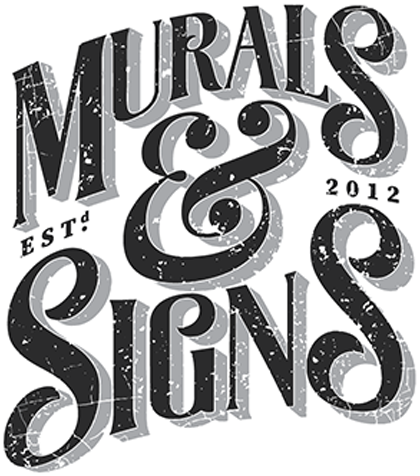In the realm of visual communication, commercial sign painting stands as a timeless craft that bridges creativity and marketing. To excel in this art, professionals require a robust toolkit that combines traditional techniques with modern conveniences. Whether you’re a seasoned sign painter or just starting your journey, this guide explores the essential tools that will elevate your work and help you create stunning, attention-grabbing signs.
Brush Selection for Sign Painting
One of the cornerstones of successful sign painting is the choice of brushes. Different brushes cater to specific strokes and effects, allowing you to achieve various styles in your work. Here are some brush types every professional sign painter should have:
1. Lettering Brushes
Lettering brushes are the workhorses of sign painting. They possess long bristles that come to a fine point, enabling you to create smooth and precise lines for typography and intricate designs.
2. Flat Brushes
Flat brushes are versatile tools for laying down broad swaths of color, making them essential for background work and larger areas. They come in various sizes to suit different projects.
3. Pinstriping Brushes
For those elegant, delicate lines and intricate detailing, pinstriping brushes are a must. These brushes have exceptionally fine bristles, allowing you to add intricate designs and highlights to your signs.
Paints and Mediums
Selecting the right paints and mediums is crucial for achieving vibrant and long-lasting signs. Acrylic and oil-based paints, along with compatible mediums, form the foundation of professional sign painting.
1. Acrylic Paints
Acrylic paints are known for their quick drying time and versatility. They can be used on various surfaces and are available in a wide range of colors. Opt for high-quality acrylics for superior coverage and color intensity.
2. Oil-Based Paints
Oil-based paints offer a rich and glossy finish that can’t be matched by other mediums. They blend well, allowing for smooth transitions between colors, making them ideal for traditional sign painting.
3. Mediums and Extenders
To enhance the flow and workability of your paints, mediums and extenders are essential. They help in achieving various textures and effects, giving your signs depth and character.
Surface Preparation Tools
Achieving a flawless finished product starts with proper surface preparation. Here are some tools that aid in prepping surfaces for sign painting:
1. Sandpaper and Sanding Blocks
Before applying paint, sanding the surface ensures better adhesion and a smooth finish. Different grits of sandpaper and sanding blocks are used to achieve the desired texture.
2. Primers and Sealers
Primers and sealers create a solid base for your paint and prevent bleeding or cracking. They’re especially important when working on porous surfaces like wood or unprimed canvas.
Layout and Measurement Tools
Precision is key in sign painting, and having the right layout and measurement tools helps maintain accuracy in your designs:
1. T-Squares and Rulers
T-squares and rulers provide straight lines and accurate measurements, ensuring your lettering and designs are balanced and well-proportioned.
2. Stencils and Templates
Stencils and templates expedite the process of creating uniform shapes and patterns. They are especially useful for complex logos and intricate designs.
Miscellaneous Tools
Certain tools may seem small but play a significant role in achieving professional results:
1. Paint Palettes and Mixing Trays
Having a clean and organized palette for mixing colors is essential. Invest in quality palettes and trays to keep your colors consistent and your work area tidy.
2. Easels
Easels provide a stable platform to work on, whether you’re indoors or outdoors. Adjustable easels offer flexibility in positioning your work at a comfortable height.
3. Paint Thinner and Solvents
For cleaning brushes and correcting mistakes, paint thinner and solvents are indispensable. Choose environmentally friendly options for a safer workspace.
4. Aprons and Protective Gear
Protect yourself and your clothing from paint splatters and spills with durable aprons and appropriate protective gear.
Conclusion
Creating professional commercial signs demands a combination of artistic skill, dedication, and the right tools. By assembling a toolkit that encompasses a variety of brushes, paints, preparation tools, measurement instruments, and miscellaneous aids, you equip yourself to produce stunning, attention-grabbing signs that stand out in the competitive world of visual communication. So, whether you’re reviving the charm of traditional sign painting or infusing it with contemporary flair, these essential tools are your allies in achieving excellence.
